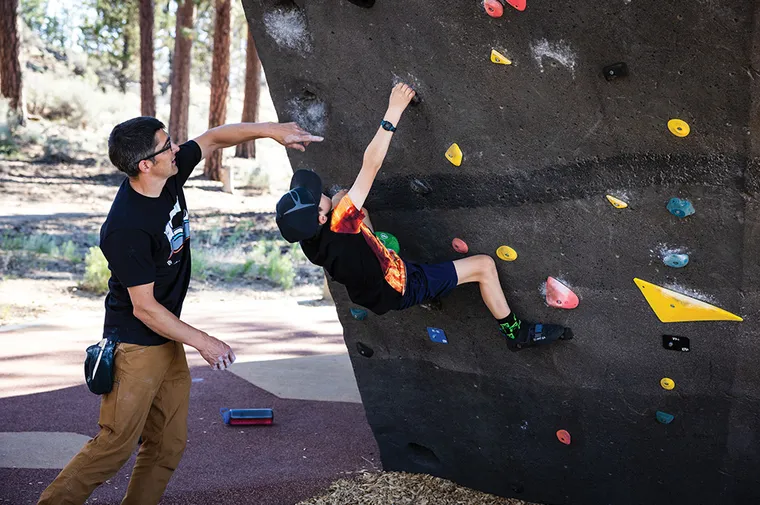Bringing outdoor-boulder experiences to community parks
By Amberley Ransom
Imagine walking into a park where kids test their balance as they scramble up a climbing boulder, teens challenge themselves on trickier moves, and parents share tips as they problem-solve a route together. The space is alive with energy, laughter, encouragement, and movement, bringing adventure sports into everyday community life.
This is the magic of outdoor bouldering: the activity blends fitness, play, and social engagement in an accessible, low-maintenance way. Unlike traditional climbing walls, bouldering requires minimal equipment—just a pair of trainers or climbing shoes—making it an easy entry point for people of all ages and skill levels. As climbing gains international recognition, cities, towns, and campgrounds are incorporating bouldering to create vibrant, action sports hubs.

